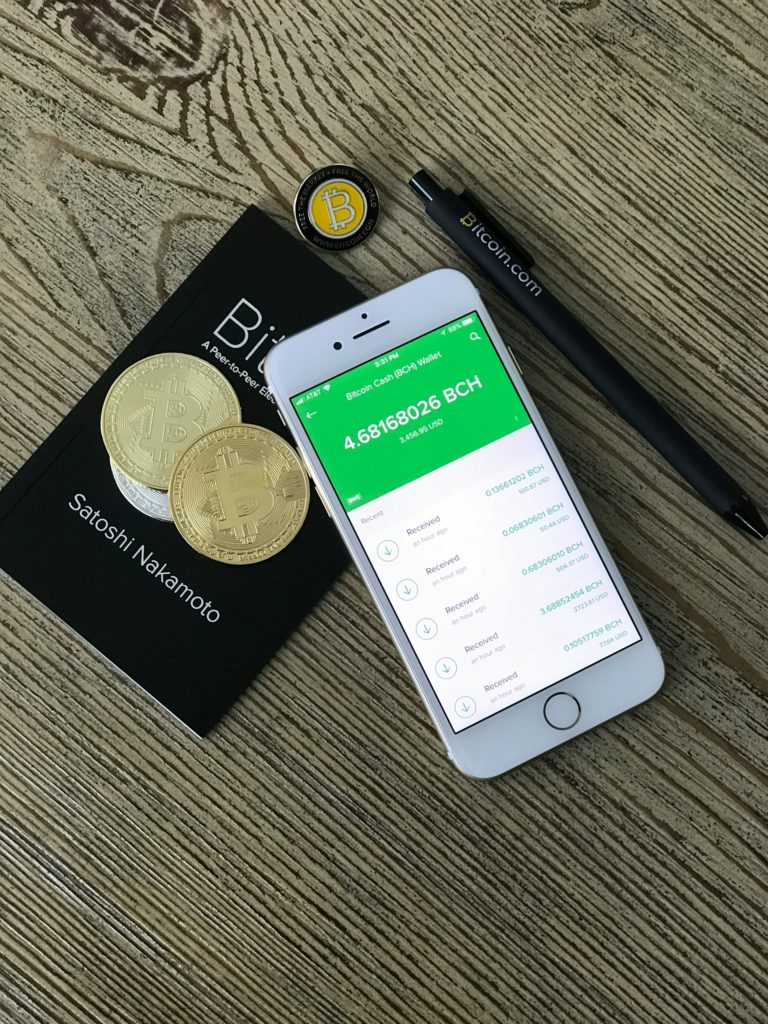
Bitcoin, launched in 2009, reshaped digital finance via a decentralized network and a secure blockchain. Bitcoin wallets, integral in this realm, act as secure digital vaults for cryptographic keys, enabling users to manage, control, and transfer assets. Understanding diverse wallet types is crucial for optimizing security and functionality. This guide explores these intricacies, offering insights to make informed decisions. In the dynamic crypto landscape, staying informed is key. Consider https://immediateunlock.com/, an online trading solution, for enhanced efficiency and a secure trading experience. Its alignment with transparent transactions makes it a valuable tool in navigating the evolving world of digital finance.
Table of Contents
Understanding Bitcoin Wallets
Definition and Purpose of a Bitcoin Wallet
A Bitcoin wallet is a digital tool that enables users to interact with the Bitcoin network. It comprises a pair of cryptographic keys—public and private—which facilitate transactions and secure the ownership of Bitcoins.
Role of Private and Public Keys
The private key, akin to a secret password, grants access to the user’s Bitcoin funds. In contrast, the public key serves as an address visible to others, allowing them to send Bitcoin to the wallet.
Decentralization and Security
Bitcoin wallets embody the decentralized ethos of the cryptocurrency. By eliminating reliance on a central authority, users gain autonomy over their assets. Security measures, rooted in cryptographic principles, safeguard wallets against unauthorized access.
Types of Bitcoin Wallets
Hardware Wallets: Fortresses of Security
- Definition and Characteristics – Hardware wallets are physical devices designed to provide an unparalleled level of security for Bitcoin storage.
- Advantages of Hardware Wallets – Noteworthy advantages include immunity to online threats, protection from malware, and the ability to conduct secure transactions offline.
- Examples of Popular Hardware Wallets – Trezor and Ledger are prominent examples, renowned for their robust security features and widespread adoption.
Software Wallets: Balancing Accessibility and Security
- Different Categories of Software Wallets – Software wallets are diverse, falling into categories such as mobile, desktop, and online wallets, each catering to varying user needs.
- User-Friendly vs. Security-Oriented Wallets – The spectrum ranges from user-friendly wallets prioritizing accessibility to security-centric options offering enhanced protection.
- Mobile, Desktop, and Online Wallets – Wallets tailored for different devices offer a range of options, accommodating users based on their preferences and usage patterns.
Paper Wallets: Offline Storage for Extra Security
How Paper Wallets Work
Paper wallets involve printing or writing down the private and public keys on a physical medium, keeping them entirely offline.
Creating and Using Paper Wallets
Generating a paper wallet involves cautious procedures to prevent the compromise of sensitive information.
Risks and Best Practices
While providing heightened security, paper wallets entail risks, and adherence to best practices is crucial to mitigate potential vulnerabilities.
Brain Wallets: Memorize Your Wealth
Concept of Brain Wallets
Brain wallets allow users to generate keys derived from a passphrase, eliminating the need for physical storage.
Pros and Cons
While offering memorability, the approach introduces security challenges that users must navigate judiciously.
Security Considerations
Robust passphrase selection and mnemonic memorization techniques contribute to the security of brain wallets.
Multi-Signature Wallets: Collaborative Security
Definition and Functionality
Multi-signature wallets mandate multiple private keys for transaction authorization, enhancing security through collaborative approval.
Use Cases and Benefits
Commonly employed for joint accounts and organizational funds, multi-signature wallets provide an added layer of trust and security.
Implementing Multi-Signature Wallets
The process involves the coordination of multiple key holders and configuring transaction approval thresholds.
Factors to Consider When Choosing a Wallet
Security Features
When selecting a Bitcoin wallet, prioritize robust security features to safeguard against potential threats and unauthorized access.
User-Friendliness
An ideal wallet strikes a balance between security and user-friendliness, ensuring a seamless and accessible experience.
Compatibility with Devices
Consider the compatibility of the wallet with your preferred devices, whether mobile, desktop, or online, to align with your usage patterns.
Backup and Recovery Options
Opt for wallets offering reliable backup and recovery mechanisms to mitigate the risk of losing access to your Bitcoin holdings.
Community Reputation and Reviews
Assess the reputation of wallets within the Bitcoin community, considering user reviews and experiences to make an informed choice.
Tips for Safe Bitcoin Wallet Management
Regularly Update Wallet Software
Keep your wallet software up-to-date to benefit from security patches and enhancements that fortify its resilience against evolving threats.
Implement Strong Passwords and Authentication
Strengthen wallet security by employing robust passwords and additional authentication measures, enhancing protection against unauthorized access.
Secure Backup and Recovery Processes
Prioritize the secure storage of backup information and familiarize yourself with the recovery process to ensure continuity in case of unforeseen events.
Be Wary of Phishing Attacks
Exercise caution and vigilance to thwart phishing attempts, safeguarding your wallet against deceptive schemes seeking to compromise sensitive information.
Keep Private Keys Private
Adhere to the fundamental principle of confidentiality by safeguarding your private keys from unauthorized access, minimizing the risk of potential breaches.
Emerging Trends and Future Developments
Advances in Wallet Security
Ongoing research and development continue to enhance wallet security, with advancements ranging from cryptography to biometric authentication.
Integration of Biometrics
The integration of biometric technologies introduces an additional layer of identity verification, contributing to the overall security posture of Bitcoin wallets.
Interoperability Among Wallets
Efforts to enhance interoperability aim to create a seamless experience for users, allowing them to transition between different wallet types effortlessly.
User Experience Enhancements
Continued focus on improving user interfaces and overall experience seeks to make Bitcoin wallets more accessible and user-friendly.
Regulatory Developments and Compliance
Evolving regulatory landscapes necessitate ongoing adaptation of wallet functionalities to ensure compliance with emerging legal frameworks.
Conclusion
In conclusion, it is crucial to recap the diverse features of hardware, software, paper, brain, and multi-signature wallets, highlighting their individual strengths and considerations. Additionally, the paramount importance of ongoing education on wallet security is underscored, emphasizing the need to stay informed about evolving security measures and practices to adapt and preserve the integrity of Bitcoin wallet holdings. Ultimately, this guide advocates for responsible Bitcoin ownership, urging users to apply the acquired knowledge to safeguard their assets prudently. By fostering a culture of responsibility, users contribute to the overall resilience of the cryptocurrency ecosystem, fortifying its foundations for continued growth and sustainability.




